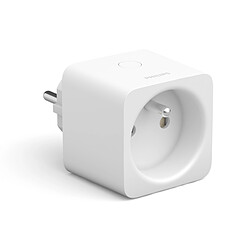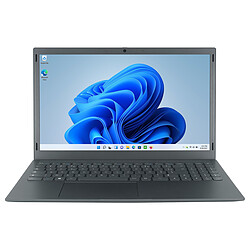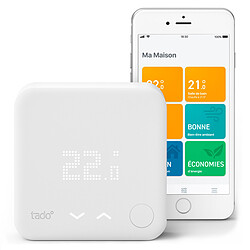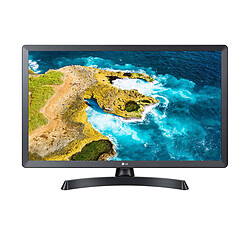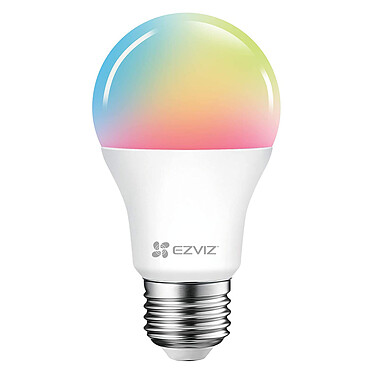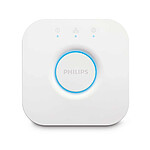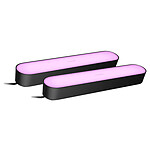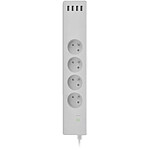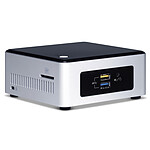Save money and e⚡ergy
According to the Ademe (French Environment and Energy Management Agency), the consumption of electronic devices represents 14.5% of a household's electricity consumption. This is a significant expense that can be reduced by adopting good habits. 💪
THE RIGHT THING TO DO:
program its shut down at night and when you are away.
-
Philips Hue
Bluetooth connected socket compatible with Amazon Alexa, Google Assistant, Apple HomeKit
Stock Web
Over the year, your internet box consumes as much energy as your fridge! 😲 But unlike the fridge, you can choose not to leave it on 24/7. By plugging your box into a connected socket, you can choose to switch it off automatically at night or manually and remotely when you are away.⚡
Connected to Wi-Fi, these sockets allow you to control all kinds of devices (chargers, screens, lamps...) according to specific and personalised time slots. Management is usually done via a dedicated app, but most models now also include voice control. This is an investment that makes your daily life easier and will quickly pay off! 😃
ESTIMATED SAVINGS: 10€/YEAR
(based on a 12-hour/day shutdown)
THE RIGHT THING TO DO:
prefer a laptop when possible.
-
LDLC SPC-N SPC-N-8-240-N
Intel Pentium Silver N5030 8 GB SSD 240 GB 15.6" LED Full HD Wi-Fi AC Webcam (without Windows)
Stock Web
The consumption of a computer depends mainly on the use and the activities 🖥️ (intensive gaming or occasional office work) , since it requires more or less powerful and therefore, energy-intensive models.
If you opt for the laptop + screen option, make sure to adjust its brightness ☀️ and to switch it off when not in use.
The electricity consumption of a computer (desktop or laptop) on standby is estimated to be one-third of its consumption in operation, as all programs continue to run. The hibernation mode is therefore preferable because it stops the operation of connected equipment (such as the screen) and puts programs on pause. 💤 Finally, remember to maintain your machine with regular cleaning 🧹 and software updates ✔️ to extend its lifespan.
ESTIMATED SAVINGS: up to 38€/year
calculations made from EDF's (French energy provider) regulated tariffs: €0.1740 inc.VAT
THE RIGHT THING TO DO:
Check the energy label.
-
ASUS 15.6" LED ZenScreen MB166B
1920 x 1080 pixels - 5 ms (grey to grey) - 16/9 - IPS panel - Laptop - USB-C - Case/Stand - Black
Stock Web
Since March 1, 2021, new energy labels determine the efficiency of five groups of devices, including PC screens. The old scale (ranging from A+++ to D) is replaced by a new one from A to G. Simpler but also harsher, its objective is to reserve energy classes A and B for future devices, which are more energy-efficient. A screen previously classified as A+++ may now move to class C, even if it is still as effective in terms of energy.
Tips: some models are equipped with special sensors that adjust the brightness according to ambient lighting: a screen consumes less energy in darkness or less well-lit rooms. Finally, the best habit is to turn off your screen 💤 when you're not using it. If the power button is difficult to access, you can opt for a separate switch or configure the power button on your desktop PC to turn off your screen.
estimated savings: ABOUT 50% less
THE RIGHT THING TO DO:
adapt your heating consumption according to your presence.
-
Tado Intelligent Thermostat Starter Kit v3
Intelligent thermostat with location control for gas, oil or heat pump heating
Stock Web
Home automation of your heating system is the assurance of gaining comfort 👌 (and energy ⚡). Thanks to smart thermostats, you can adjust the temperature of your home room by room and remotely. You can choose to vary the temperature by a few degrees between day and night, to reduce it more drastically during your absences and vacations, or to heat only certain rooms on weekdays or weekends (office, rooms, etc.).
There are various types of thermostats 🌡️: wired, wireless, integrated into your boiler or directly installed on your radiators (thermostatic heads replacing conventional ones). To go even further, some models take into account weather forecasts and even detect when windows are open.
ESTIMATED SAVINGS: UP TO 37% saved
THE RIGHT THING TO DO:
switch to less energy-consuming televisions.
-
LG 28TQ515S-PZ
28" (71 cm) LED HDTV - Wi-Fi/Bluetooth - Ethernet - HDMI/USB - Sound 2.0 2x 5W
Stock Web
We spend an average of 3 hours and 30 minutes per day in front of the TV 👀 (source: Médiametrie). Although it is not one of the most energy-consuming appliances in the home, the television comes often with a decoder, sound bar or game console that raise consumption and therefore, your bill. 💸 The first trick is to plug all these devices into a single power strip, equipped with a switch. This way, you can turn them all off with a single gesture.
Nowadays, even if the size of your screen is the main indicator of its consumption, its technology should also be considered (LED, Ultra HD and OLED) when making your choice. If in doubt, you can refer to the energy label.
Finally, don't hesitate to set an automatic stop ✋ for a specific period without any action on your part.
ESTIMATED SAVINGS: 93 KWH/YEAR (APPROXIMATELY €16)
*Based on daily use of 5 hours according to the regulated electricity tariff, between an LCD and Ultra HD TV.


